Israel-Gaza: What the law says about the fighting
- Published
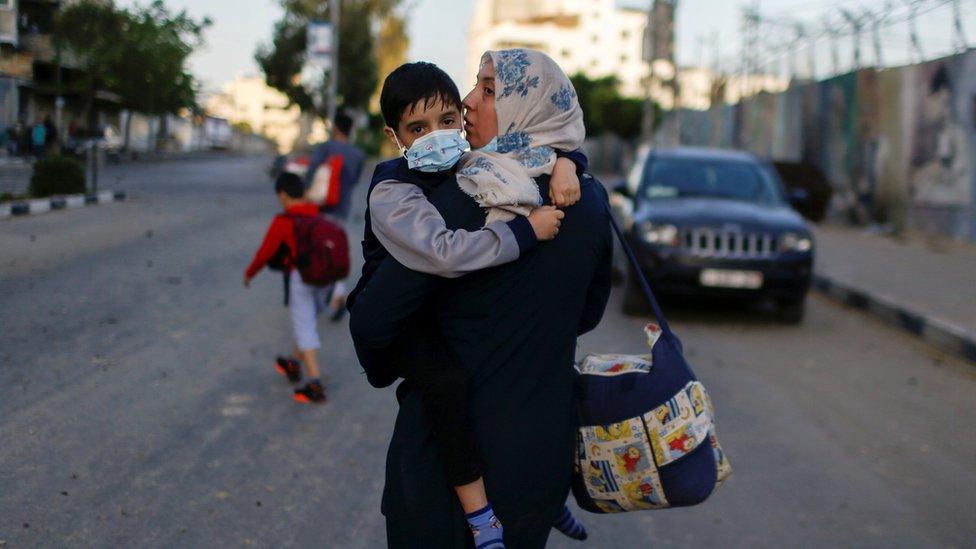
States may defend themselves only with necessary and proportionate force
International law regulates the use of military force by states and the conduct of hostilities.
As in virtually every modern conflict, there is intense debate on the legality of the actions of the two main sides involved here - Israel and Hamas.
Self-defence
As in previous operations in Gaza, Israel is likely to argue that its actions are justified under the right of self-defence.
Enshrined in Article 51 of the UN Charter, external, the right of self-defence is a fundamental principle of international law. While aspects of this principle are disputed, it is universally agreed that a state can defend itself against an armed attack.
There is some debate as to the intensity that an armed attack should reach before a state can lawfully resort to self-defence. Most international lawyers would agree that rockets launched against civilians that disrupt the social life of part of a country constitute an armed attack for the purposes of Article 51.
However, the facts underlying self-defence are often in dispute. Parties to a conflict seldom agree on who is the attacker and who is the defender - and Israeli-Palestinian conflicts are no exception. In this case, critics of the Israeli position also advance two legal arguments.
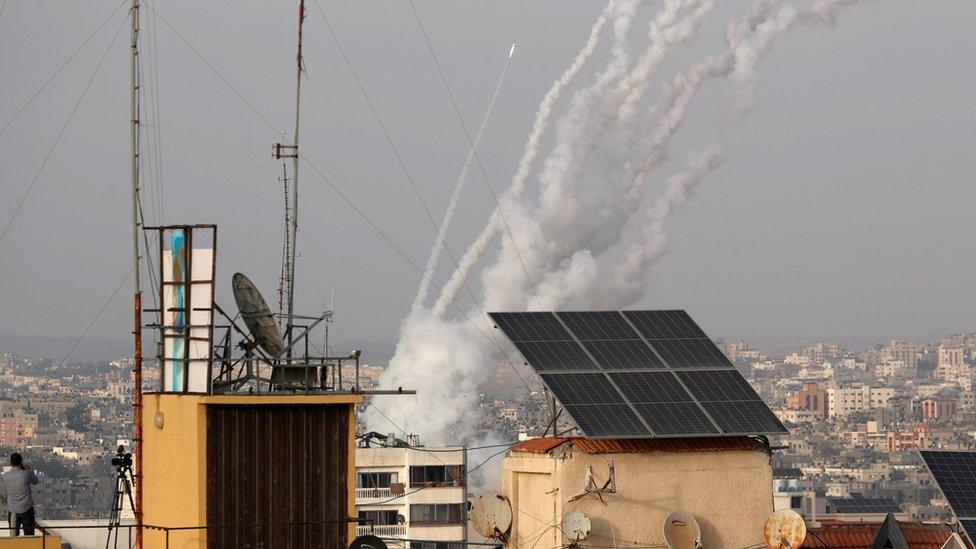
Palestinian militants in Gaza have launched barrages of rockets towards Israeli population centres
First, they argue that the right of self-defence is available only against another state, but not against a non-state entity like Gaza. State practice, especially since the attacks of 11 September 2001, militates against this interpretation of self-defence, but the jurisprudence of the International Court of Justice has not settled this question.
Secondly, the International Committee of the Red Cross, among others, considers Gaza is still subject to Israeli occupation because of the degree to which Israel exerts control over and around that territory. Israel maintains that it has not occupied Gaza since its withdrawal in 2005 and that a territory cannot be occupied without "boots on the ground".
The right of self-defence is no blank cheque. International law allows states to defend themselves in the right circumstances, but only with force that is necessary and proportionate.
A common misperception is that proportionality in self-defence means an eye for an eye, a rocket for a rocket, or a casualty for a casualty. This is not so: there is no place in international law for using force in revenge.
In some cases, a necessary and proportionate response will entail the use of greater military force than was involved in the original attack; in other cases, it will be possible for a country to defend itself effectively with less force.
The law of armed conflict
The principle of self-defence belongs to the body of international law that regulates resort to force or "going to war" (often referred to by the Latin term jus ad bellum, that is, "law to war").
A separate category of international law regulates the conduct of hostilities once the conflict has started. It is known as the law of armed conflict (or the jus in bello that is "law in war"). The law of armed conflict applies only to situations that can be classified as armed conflicts, with different sets of rules governing international or non-international armed conflicts.
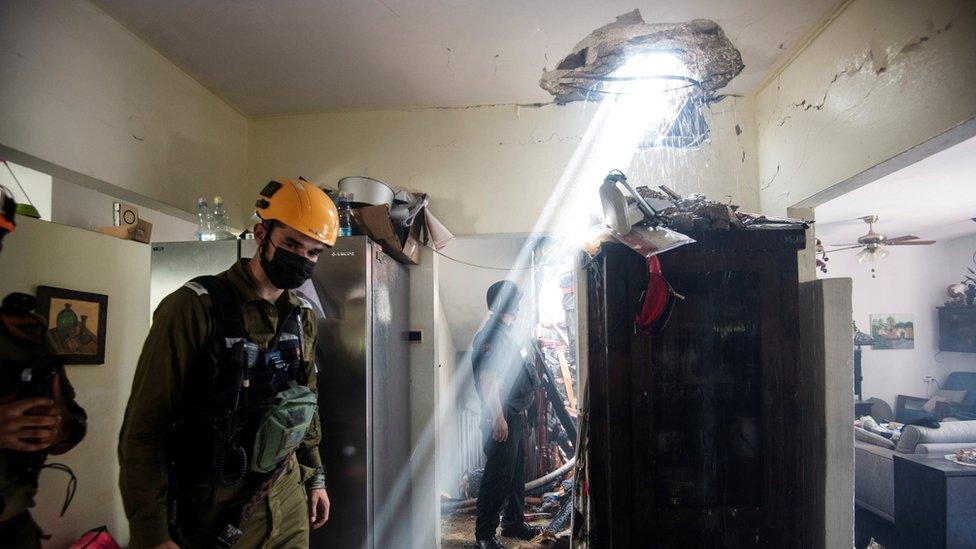
Attacks on civilians and civilian objects are always banned under international law
The law of armed conflict applies regardless of the reasons that prompted a party to resort to force.
Starting a war off on the "right" side of the law does not give a state more rights in the conduct of hostilities than its enemies. It is possible for a state that resorted to force lawfully to commit unlawful acts in the course of an armed conflict - and vice versa.
The law of armed conflict includes detailed rules on different aspects of the conduct of hostilities (protection of civilians, treatments of prisoners of war, occupied territory, etc). All of these rules rest on the balancing of four key principles: humanity and military necessity, and distinction and proportionality.
Humanity and military necessity
The principle of humanity requires belligerents to avoid unnecessary suffering and cruelty. The counterweight to it is military necessity.
The legal manual used by the British armed forces says that military necessity allows a state to use force, unless otherwise prohibited, which is "required in order to achieve the legitimate purpose of the conflict, namely the complete or partial submission of the enemy at the earliest possible moment and with the minimum expenditure of life and resources". The argument that the Israeli bombardments on Gaza are ineffective because they have always failed to stop rocket attacks may, in one sense, evidence the futility of the use of force in this context. But, from a military necessity angle, it may justify the use of greater force as is necessary to achieve the objective of averting the attacks.
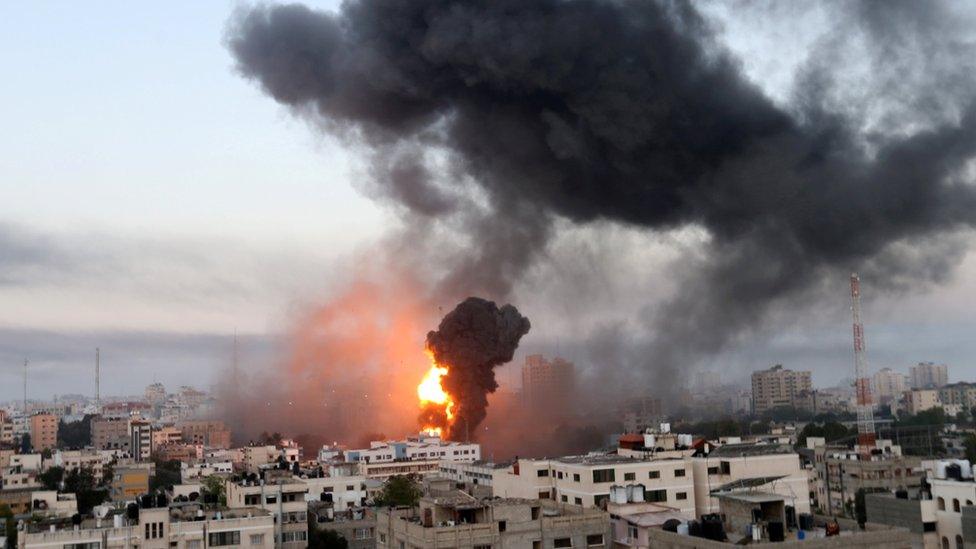
Israel has conducted air strikes in Gaza that have destroyed residential buildings
Of course, the fact that the law permits a certain action does not make it wise in a political, moral or strategic sense.
In any event, military necessity cannot justify actions that are prohibited under specific rules (e.g. those applying to the protection of civilians and the choice of permissible targets) or that, more generally, result "in the infliction of suffering for the sake of suffering or for revenge" (in the words of the Lieber Code, one of the first codifications of the rules of armed conflict enacted by President Abraham Lincoln during the American Civil War).
Distinction and proportionality
A cornerstone in the law of armed conflict is the principle of distinction: parties to a conflict must distinguish between combatants and civilians at all times.
Various specific rules flesh out the content of this principle. Attacks on civilians and civilian objects are always banned. Attacks may be conducted against combatants or non-combatants who directly participate in hostilities, and against military objectives.

Dozens of civilians have been killed while hundreds more have been wounded in recent days
The principle of distinction also prohibits acts or threats of violence aimed at spreading terror among civilians, as well as attacks carried out with means which, by their nature, cannot target a specific military objective. The launching of missiles against southern Israel, for example, is said to breach distinction because of its inherently indiscriminate nature.
But when does an object become a legitimate military target?
International law defines military objectives as "objects which... make an effective contribution to military action... and whose total or partial destruction... offers a definite military advantage".
Israel Defense Forces (IDF) tanks or Hamas rocket launchers are in this category. Problems arise with so-called dual-use targets, such as the Serbian TV station bombed by Nato during the 1999 Kosovo War.
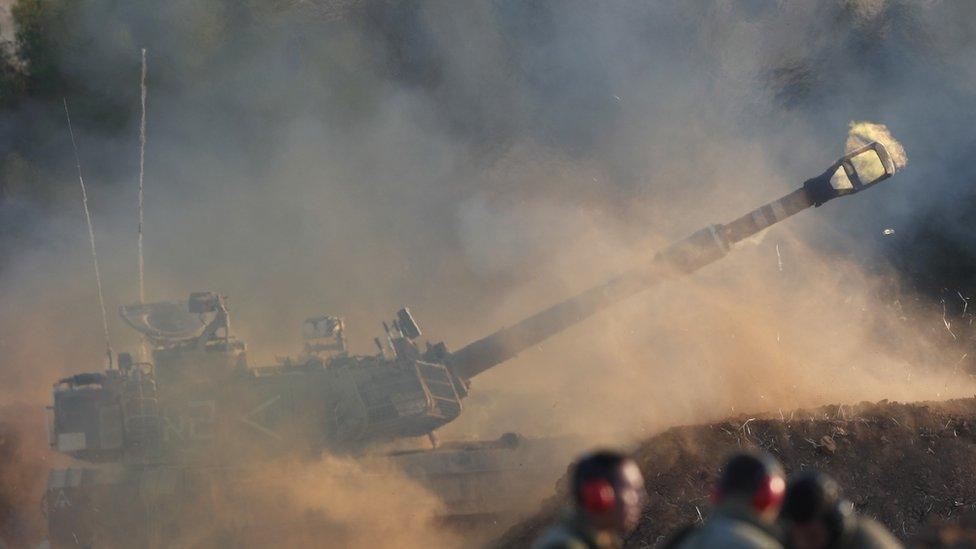
It is not easy to establish the facts during or after an armed conflict
But the most difficult issues arise when a permissible military objective, such as a rocket launcher or an ammunition depot, lies in the proximity of civilians or civilian objects. Virtually every targeting decision in a densely populated area as Gaza will involve such situations.
This is where the principle of proportionality also comes into play. While proportionality is an important concept in other areas of law, including human rights law, it has a distinctive meaning in the law of armed conflict. Whenever there is a risk of loss of civilian life or damage to civilian property, belligerents are required to balance the anticipated military advantage with the risks posed to civilians and their property.
In some cases, this will mean - as the former president of the International Court of Justice, Judge Rosalyn Higgins, wrote in a judgment - that "even a legitimate target may not be attacked if the collateral civilian casualties would be disproportionate to the specific military gain from the attack".
An attacker is also under a duty to call off an attack immediately if, in the course of it, it realises that civilians would face excessive risk.
Any attacker targeting military objectives in densely populated areas will have to do everything feasible to verify the nature of the targets and avoid errors.
The practice of dropping leaflets or calling residents before a bombing is presented by Israel as evidence of its efforts to comply with these rules, although critics reply that these methods are not always effective at preventing loss of life and that, even when they are, they cannot avoid the destruction of civilian property as well as the infliction of suffering and distress on civilians.
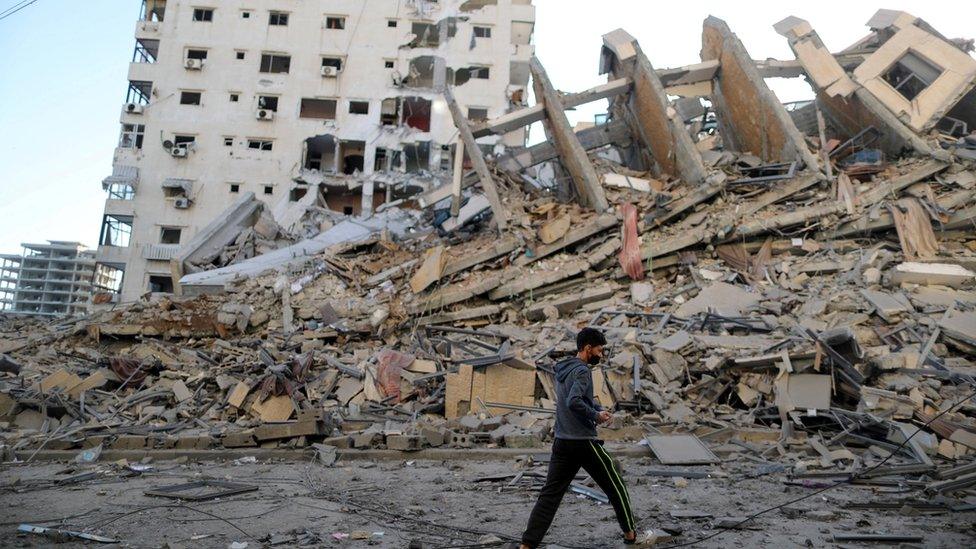
The Israeli military says it makes every effort to preserve civilian life
Conversely, a frequent accusation levelled against Hamas is that it deliberately endangers its own civilians by placing military objectives in their midst.
If true, this would doubtless be a serious breach of the laws of armed conflict, but it does not mitigate Israel's obligation to continue to take all necessary precautions to minimise loss of civilian life.
All modern armed forces, including the Israel Defense Forces, have specialists on the law of armed conflict who are involved in the approval of targets.
The legality of a particular targeting decision will often depend on the facts. Was there a genuine military objective? Was it possible in the circumstances to hit that target while avoiding any loss of civilian life? What did the attacker know or should have known?
Establishing these facts during an armed conflict, or in its aftermath, is no easy feat.
However, when the attacker deliberately targets civilians or civilian objects, there is no version of the facts capable of justifying his actions under the laws of armed conflict.
Human Rights
The International Court of Justice has repeatedly ruled that the application of human rights law does not cease in times of war, while also maintaining that the law of armed conflict is the special law that governs this area as it was developed specifically to address the unique challenges of war. What this means in practice is not always clear, particularly as regards targeting decisions.
When it comes to the clashes in Arab villages in Israel, there is, however, no concurrent application of the law of armed conflict: whether the response of Israel's law enforcement and security forces is consistent with international law in those cases will depend exclusively on the application of human rights law.
East Jerusalem is a more complex situation because, while Israel annexed it to its territory, it is still considered part of the occupied Palestinian territory by virtually everyone else, including the International Court of Justice which gave an Advisory Opinion in 2004 on the Legal Consequences of the Construction of a Wall in Occupied Palestinian Territory .
Last, but certainly not least, it must be remembered that the law of armed conflict can only mitigate the horrors of war. A war fought with a scrupulous observance of all the rules in the book - if there ever was one - would still be a scourge.
Guglielmo Verdirame QC is a professor of International Law at the Department of War Studies and Dickson Poon School of Law, King's College London